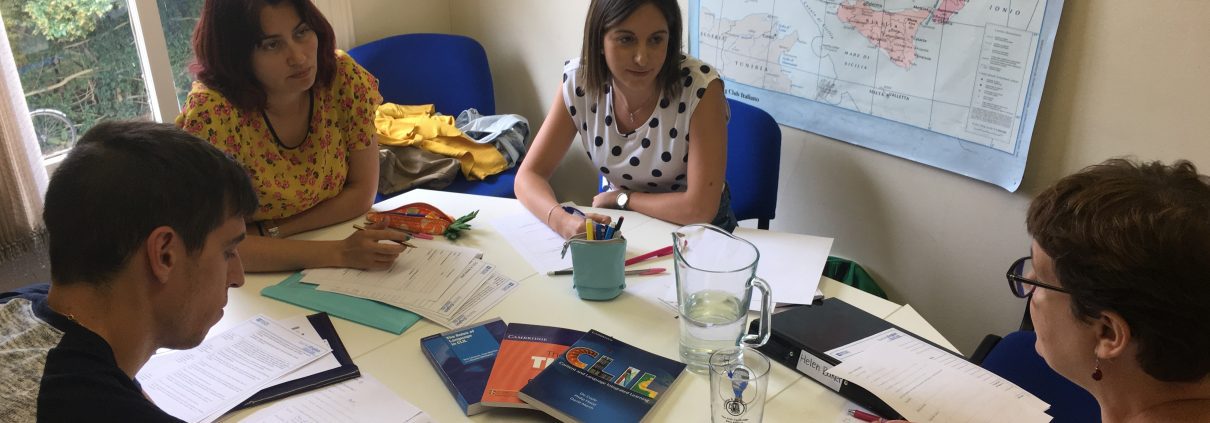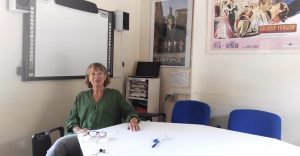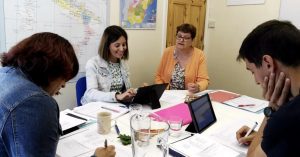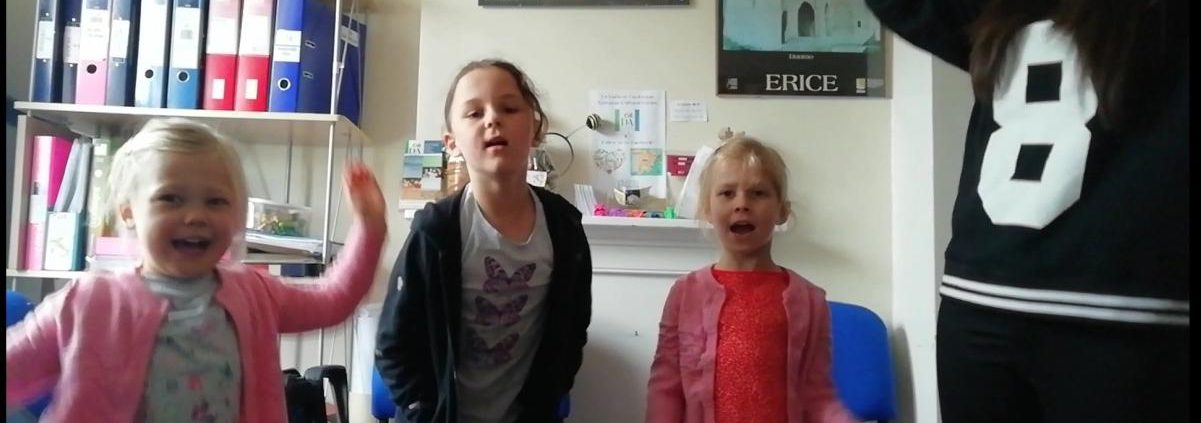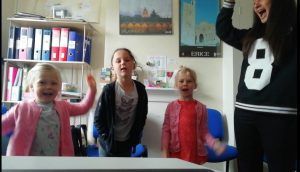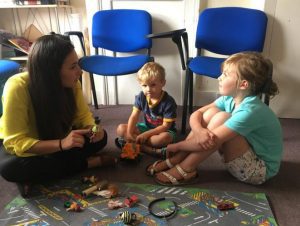CLIL: consigli pratici per insegnanti
Esiste una ricetta per il CLIL?
Molto è stato scritto su cosa sia la metodologia CLIL e perché utilizzarla ma esistono poche guide pratiche su come pianificare e impartire lezioni basate sul CLIL. Se sei un insegnante di materie non linguistiche a cui è stato chiesto di tenere le proprie lezioni in inglese o se sei un insegnante di lingua straniera a cui è stato chiesto di aiutare i propri colleghi ad insegnare le altre materie in lingua straniera, forse sarai alla ricerca del modo migliore per farlo. Secondo noi CLIL non significa solo trovare la ricetta perfetta ma piuttosto un viaggio avventuroso per cui partire – ma non senza alcune essenziali linee guida.
CLIL: da dove iniziare?
Ci sono alcune cose che devi assolutamente tenere in considerazione quando inizi a pianificare lezioni fondate ulla metodologia CLIL. Prima di tutto, pensa a chi sono i tuoi studenti – al loro livello di inglese (o qualunque altra lingua seconda utilizzerai per trasmettere i contenuti), alle loro conoscenze pregresse riguardo la materie che insegnerai loro, e cosa essi si aspettano dalla classe. Una volta stabilito questo, puoi iniziare ad abbozzare il programma da seguire, facendo in modo che il livello di conoscenza della lingua dei tuoi studenti sia compatibile con il contenuto e i materiali che vuoi utilizzare.
Ecco due esempi per far risaltare l’impatto che il livello di conoscenza linguistica dei tuoi studenti può avere sulle tue lezioni. Durante un corso basato sul CLIL che abbiamo tenuto in una scuola superiore italiana abbiamo avuto la possibilità di insegnare a studenti con un livello abbastanza alto di inglese. Questo ci ha permesso di focalizarci sull’aspetto del contenuto (in quel caso arte e scienze) mentre l’inglese era solo il mezzo utilizzato per tenere le lezioni. Con questi studenti abbiamo potuto adattare il materiale progettato per alunni inglesi. Abbiamo in seguito avuto un’altra esperienza in una scuola in cui il livello di inglese degli studenti era più carente. Questo ci ha obbligato a scegliere un approccio maggiormente focalizzato sugli aspetti linguistici, concentrandoci in particolare sul vocabolario relativo alle materie in questione (in tal caso educazione fisica e musica). Per questi alunni, i libri di testo destinati a madrelingua inglesi erano troppo difficili da un punto di vista linguistico, così abbiamo adattato e creato il il materiale preesistente in modo da a) insegnare concetti chiave e vocabolario riguardante educazione fisica e musica e b) sviluppare le loro abilità linguistiche, con l’obiettivo di renderli capaci di utilizzare veri libri di testo inglese durante l’ultimo anno di scuola.
Come selezionare il materiale corretto?
Un importante fattore da considerare quando si seleziona il materiale è evitare di sovraccaricare gli studenti con troppe informazioni che non sarebbero in grado di elaborare. Per farlo si può selezionare un contenuto relativamente semplice o scegliere qualcosa di cui si è già parlato nella lingua madre e utilizzare il corso fondato sul CLIL come modo per ripassare e approfondire i contenuti.
Gli insegnanti potrebbero trovare utile lavorare sui libri di testo inglesi progettati per studenti madrelingua delle scuole primarie. Ciò può avere vantaggi sia per l’insegnante che per gli studenti: dal punto di vista contenutistico, il livello di questi libri non è molto difficile ma fornisce un contesto autentico per il vocabolario di cui gli studenti avranno bisogno in seguito. Per quanto riguarda gli insegnanti, possono utilizzare esercizi già fatti per testare le conoscenze degli studenti a livello di contenuto e nel frattempo concentrarsi sullo sviluppo di ulteriori attività utili per consolidare le abilità linguistiche in lingua straniera dei loro studenti.
Risorse online per il CLIL
Internet offre numerose risorse per gli insegnanti: per esempio, il British Council e editori come Pearson hanno numerosi contenuti gratuiti online. Puoi anche dare un’occhiata al modello di una lezione sull’Induismo tenuta seguendo la metodologia CLIL qui. Potrai trovare ulteriori idee su questa pagina.
È molto importante per gli insegnanti di lingua straniera e non lavorare insieme come in un gruppo. Condividere idee e osservarsi l’un l’altro durante la lezione può davvero dare una grande spinta alle tue abilità e conoscenze riguardo al CLIL.
Per esempio, gli insegnanti di materie diverse da quelle di lingua straniera hanno una grande quantità di materiale di cui probabilmente potrai trovare equivalenti in inglese, e gli insegnanti di lingua straniera probabilmente hanno idee e suggerimenti su come sfruttare questi materiali per fini linguistici.
Analisi dei materiale e come usarli al meglio
Il vocabolario è uno dei primi aspetti da considerare –ci sono termini tecnici o specialistici che i tuoi studenti avranno bisogno di conoscere per il corso o per comprendere i testi? Se questo è il caso, assicurati di spiegarlo loro per tempo sottoponendo agli studenti esercizi in cui devono abbinare la parola a definizioni o immagini, utilizzando esercizi di completamento o aiutando gli studenti a dedurre il significato a partire dal contesto.
Idee pratiche: la tua lezione probabilmente si concentrerà sulla comprensione generale di un testo principale – rendilo più interessante utilizzando esercizi di comprensione come information gaps, jigsaw reading tasks e jumble tasks. Le attività di rinforzo possono focalizzarsi sul potenziamento del vocabolario insegnato in precedenza agli studenti e sullo sviluppo sia delle abilità linguistiche che della comprensione dell’argomento. QUeste attività possono includere discussioni di gruppo, presentazioni individuali, creazione di poster e redazione di testi sull’argomento.
Per maggiori informazioni riguardo ai nostri corsi CLIL non esitare a contattarci: english@ladante-in-cambridge.org

